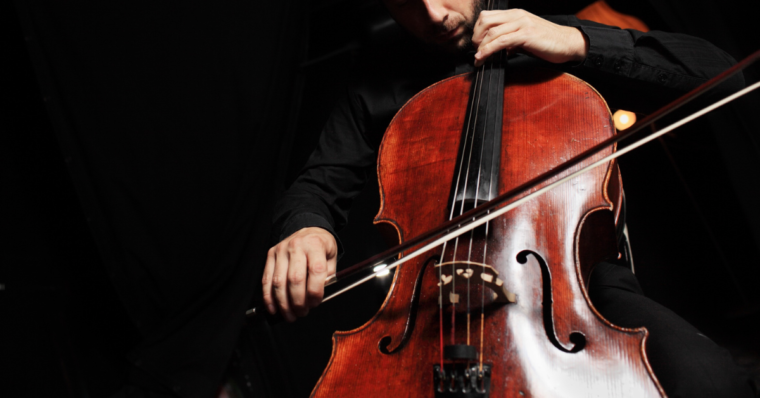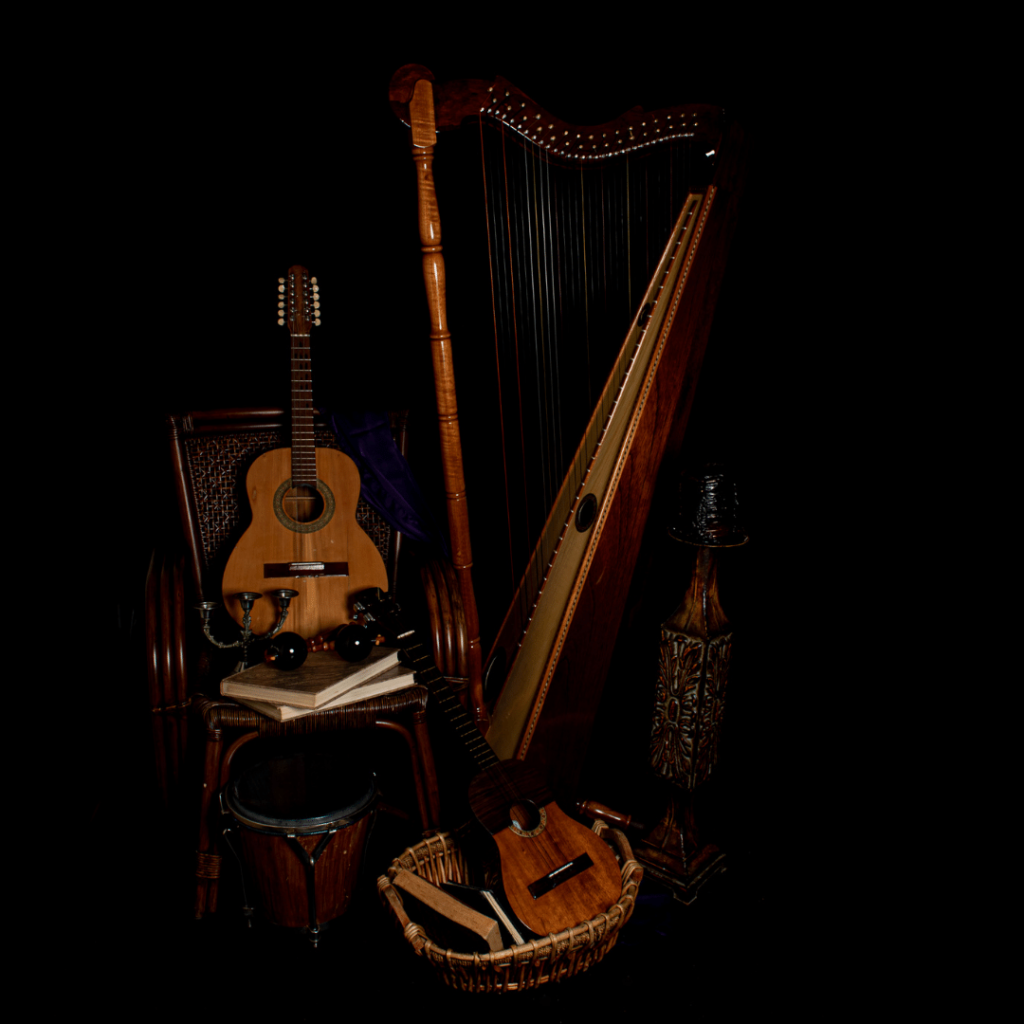The Viola, which is an alto in the string family, looks like a Violin. It is played with the instrument resting on the shoulder. The viola, however, is larger and tuned five notes lower than a violin. In fact, a layman might not be able tell the difference between violin and viola due to their similar size, close pitch range and playing both instruments in the exact same position. It is important to note that the viola has the middle voice. It is located between the violin and cello. The instrument like button accordion for sale has a darker, richer and more full-bodied sound than the violin. Its mellow sound is often used in inner harmony and is not a very popular solo repertoire compared to the violin.
The ideal viola should be between one and four inches longer than the violin. However, there are violas for children that are only half as long. The person playing the viola may be referred to as a player or violist. The fingering style for playing the viola is similar to that used on the violin. However, the difference in size causes some technical differences. When playing the instrument one uses thicker strings in comparison to the violin. If they want to get the desired sound from their violist, they will need to add more weight to their strings with a viola bow. The violist’s bow has a large band of horsehair compared to the violin’s, especially near its heel or frog.
The four strings of the viola are tuned in fifths. C3 is the lowest and G3, A4, D4, and F4 are above it. The tuning is done to be exactly one fifth lower than the violin. This means that the two instruments share three strings, A,G, and D. The viola is also an octave over another string family, the cello. The first string to tune is A. Then, the other strings are tuned at intervals of perfect fifths. This is done by bowing the two strings together. Many of these instruments come with adjusters, which are also called fine tuners. They can be used to make finer changes. One can also tune a viola by stretching a string by hand. One can tune a down astring by pulling it above the fingerboard. They can also tune up the string by pressing the section in the pegbox. These actions are crucial as they help to prevent the negative effects of poorly tuned strings. One can temporarily do this and wait until the right time for tuning.




